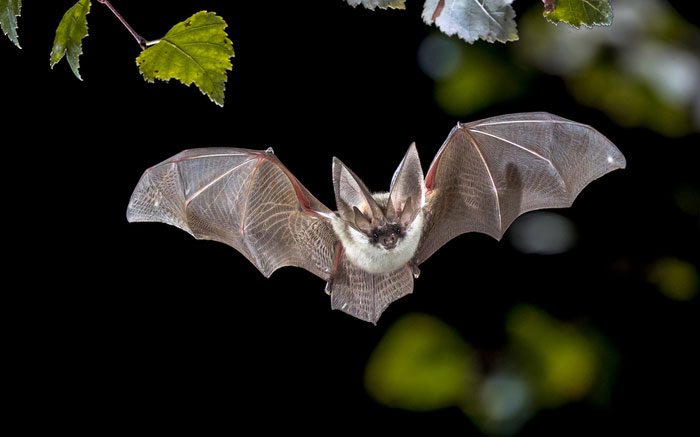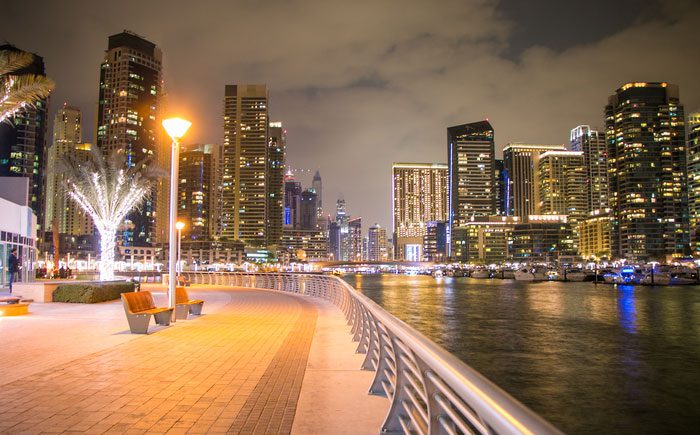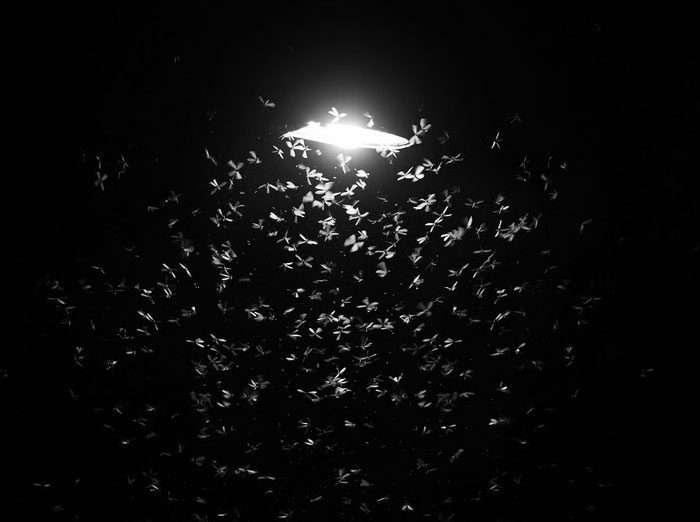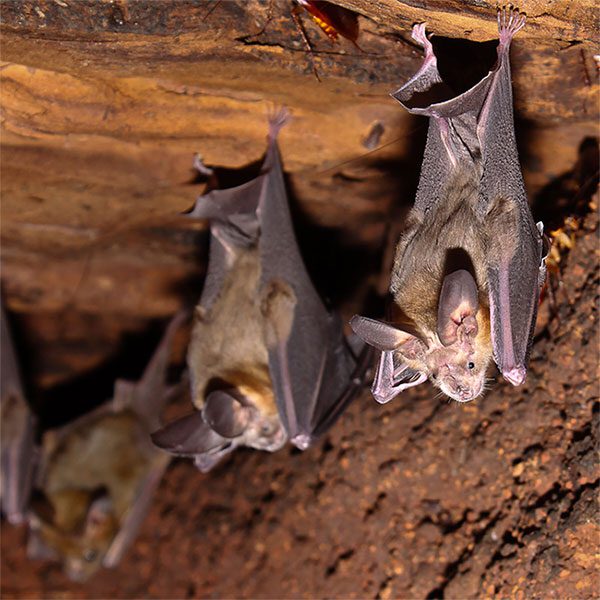Not only bats and other nocturnal animals are affected by light pollution, but humans are as well.
Humans love light. We adore sunlight and relish the warm embrace of nature’s rays. At night, we admire the dazzling lights of streets and shops, marveling at the development and sparkle of urban life.
However, humanity’s love for light may have crossed a line, overshadowing darkness—a natural element that is essential to our lives. We are so “addicted” to light that we have created a concept that people living in the 18th century could hardly envision: light pollution.
How Does Light Pollution Affect Ecosystems?
For bats, nighttime is not a time for rest; it is a survival period. This species has been nocturnal for 55 million years. There is not a single species among the 1,400 bat species existing today that can adapt to the glaring light of day. Darkness is their safety, and bats have evolved senses that are attuned to the dark.

After 55 million years, bats still cannot adapt to daylight.
In contrast, humans are diurnal creatures, and light symbolizes our safety. The fear of darkness is deeply rooted in human aspects, from inherited instincts to cultural beliefs. It is no surprise that we illuminate gardens and factories at night. Humanity has extended the time of illumination well beyond dusk, draining the life of creatures seeking their own dark corners.
We refer to this as light pollution—when artificial light from street lamps and billboards spills into nature. As early as 1880, British astronomers complained that artificial light from London was obstructing their nighttime visibility and ability to see celestial objects.
But that was just the beginning. Less than one-third of the world’s population can see the Milky Way, and in Europe, an entire generation may soon grow up without ever seeing it. Light pollution not only impacts aesthetics but also disrupts the natural rhythms and behaviors of animal and plant species.

Light pollution significantly impacts astronomical research.
In recent years, more scientists have become interested in the effects of light on physiology and ecology. We have begun to pay attention to the consequences of a lack of darkness; most notably, the extinction of horned and nocturnal species, animals that cannot navigate without darkness, and the starry sky.
In addition to global warming, plastic waste pollution, deforestation, noise pollution, and other human-induced issues, we must also take responsibility for creating excessive light.
We all overlook the death dance performed by moths fluttering around streetlights on August evenings. Nocturnal insects that once navigated by moonlight and stars are now misled by streetlights. This draws them closer to the light source, leading to exhaustion, death from heat, or becoming prey to waiting predators.

Insects misled by streetlights. Some scientists refer to this as their “death dance.”
On a larger scale, it is not just urban insects that are affected; entire ecosystems are being “pulled” from dark areas into brightly lit urban environments. This phenomenon is called the “vacuum effect,” and together with pesticides and urbanization, it has become one of the causes of the current mass insect die-off.
Of course, this issue is not limited to insects. Night-flying birds are also easily disoriented and collide with skyscrapers. Newly hatched sea turtles, which instinctively should crawl toward the horizon’s light to reach the sea, are now misled into coastal hotels. Coral species that rely on the lunar cycle for reproduction can no longer identify the moonlight. Trees in cities are shedding their leaves later because the light from buildings “convinces” them that it is still summer.
Species at Risk of Extinction Due to Light
In 2020, the Brown Long-eared Bat was first classified as a threatened species in Sweden. This could be the first species in the country, or perhaps the first in Europe, to be listed as endangered due to light pollution.

The Brown Long-eared Bat listed as endangered in Sweden.
This bat typically resides in church attics, where it breeds and raises its young, thanks to abundant food sources in the gardens. However, over the past 30 years, the lighting system from church facades has transformed its dark home into an island of light.
Zoologist Johan Eklof hopes that insights into life in the dark—from insects, bats, and extending to entire ecosystems—will convince us that protecting natural darkness should also be a priority.
Rather than being seen as a threat or an inconvenience, darkness should be remembered in our minds as a valuable resource that needs to be conserved, just like many other natural habitats.


















































